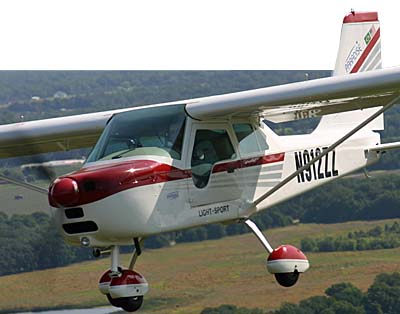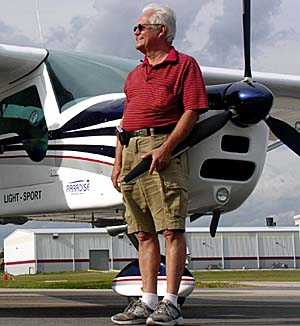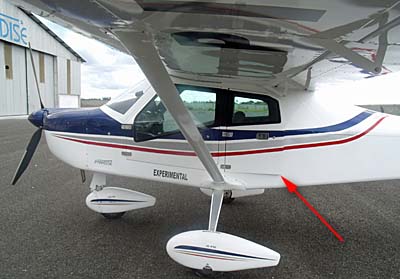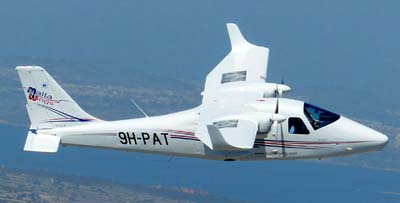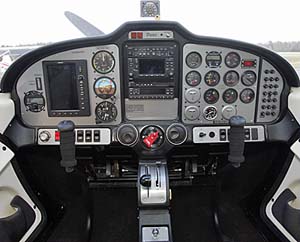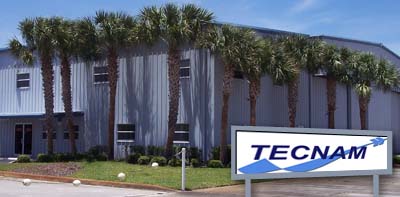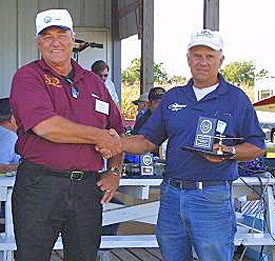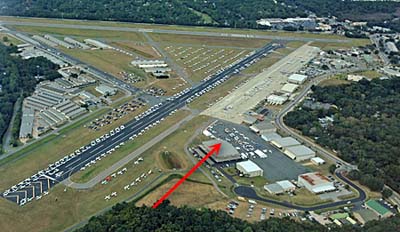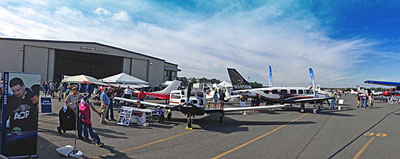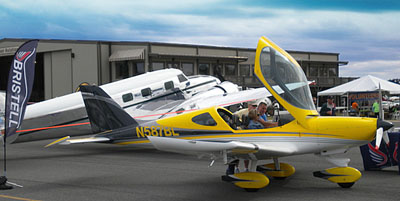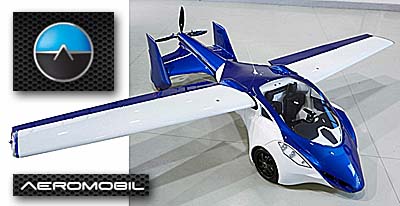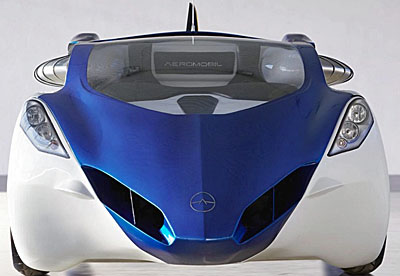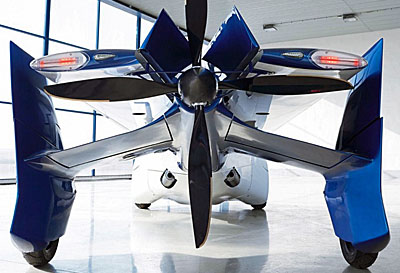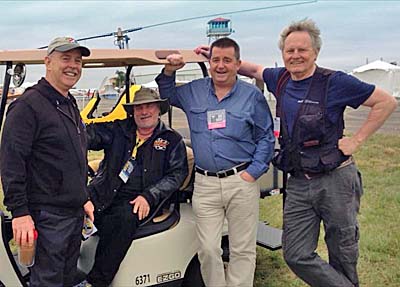 Recently I had a visit from my longtime friend and fellow aviation journalist, James Lawrence (photo). Among other mutual interests we share a passion for electric aircraft. We’ve each flown early examples and believe we see the future. From the headline above, you might interpret that to mean we anticipate electric airliners. We might … yet we recognize such developments remain distant. Or, do they?
The electric power action today is in very light aircraft — and some are available for you to buy and fly immediately. One example is Zigolo and I’ve reported on eSpyder. The reason is that light aircraft rule is singular: batteries, which weigh too much to allow heavier aircraft any range. The ending video explains why.
Unless you’ve been off-planet for a while, you know the development of improved battery technology is drawing many billions of dollars of investment. Cars, laptops, drones and many more products or industries want better batteries.
Recently I had a visit from my longtime friend and fellow aviation journalist, James Lawrence (photo). Among other mutual interests we share a passion for electric aircraft. We’ve each flown early examples and believe we see the future. From the headline above, you might interpret that to mean we anticipate electric airliners. We might … yet we recognize such developments remain distant. Or, do they?
The electric power action today is in very light aircraft — and some are available for you to buy and fly immediately. One example is Zigolo and I’ve reported on eSpyder. The reason is that light aircraft rule is singular: batteries, which weigh too much to allow heavier aircraft any range. The ending video explains why.
Unless you’ve been off-planet for a while, you know the development of improved battery technology is drawing many billions of dollars of investment. Cars, laptops, drones and many more products or industries want better batteries.Boeing & Airbus Explore Light Aircraft

Here are four journalists that contribute to this website. Dave Unwin and (far right) James Lawrence also write for print publications. photo by Randee Laskewitz
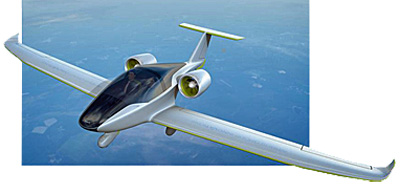
The Airbus E-Fan 2.0 is preparing for production (details in article).
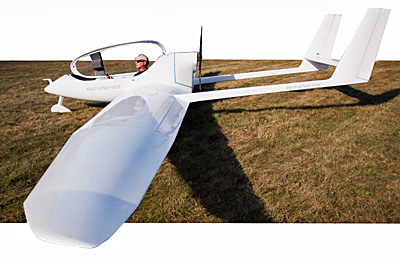
Randall Fishman (in cockpit) developed the lovely ULS reviewed in this video.
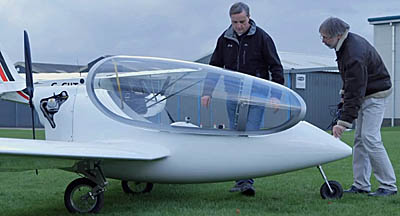
The Cambridge/Boeing hybrid project is also based on the Song, as is ULS.
Recently I had a visit from my longtime friend and fellow aviation journalist, James Lawrence (photo). Among other mutual interests we share a passion for electric aircraft. We’ve each flown early examples and believe we see the future. From the headline above, you might interpret that to mean we anticipate electric airliners. We might … yet we recognize such developments remain distant. Or, do they?
The electric power action today is in very light aircraft — and some are available for you to buy and fly immediately. One example is Zigolo and I’ve reported on eSpyder. The reason is that light aircraft rule is singular: batteries, which weigh too much to allow heavier aircraft any range. The ending video explains why.
Unless you’ve been off-planet for a while, you know the development of improved battery technology is drawing many billions of dollars of investment. Cars, laptops, drones and many more products or industries want better batteries. Many experts believe the green energy push cannot leap forward until better storage, i.e., batteries, is available. While aviation cannot match the massive investments by industry and government, light aviation in particular can benefit from the pursuit by those with deeper pockets.
The deepest pockets in civilian aviation are Boeing and Airbus. Only two years ago, I would have scoffed at any mention that these companies would pursue truly small and light aircraft. Today, I have to shake my head in amazement as both companies put money into small aircraft projects.
Airbus E-Fan As reported earlier Airbus is already flying their E-Fan, an electric two seater that cleverly looks like a mini-bizjet with its twin ducted props. It has been suggested that the two place model could be market-ready by 2017 and a four seater is planned. This was not simply a concept airplane; they planned to produce some, though in Airbus’ billion-dollar world, building a couple hundred airplanes could be little more than a fact-finding experiment.
Since our first report, Airbus said it signed a deal with Daher-Socata to become a major partner with Airbus Group’s VoltAir subsidiary “for the design, development and certification of a new electric airplane … called E-Fan 2.0.” According to the airline company, “E-Fan 2.0 is intended to be a general aviation trainer,” which they claimed will be the “first full-rate production electric aircraft in the world.” Airbus added that one of their goals is to eventually learn more about future Airbus airliners.
Socata will be responsible for the E-Fan 2.0’s entire development, including its electric engine and batteries, flight test and certification by EASA in Europe. The French company manufactures general aviation aircraft and has reportedly freed up its engineering team to focus on the new project. Airbus said E-Fan 2.0 will eventually be sold in the United States as well as international markets. Daher-Socata is well equipped for the work, having produced “more than 700 TBMs as well as thousands more piston GA airplanes under the Rallye and TB lines.”
In their intense battle to sell 737s and 319s, the two giant companies always seem to go head-to-head … so why would it be any different in one or two seat airplanes?
Boeing Hybrid Project Of course, the point of the exercise is technology development and these two companies with thousands of smart engineers on their payrolls undoubtedly realize it is light airplanes that presently offer a valid testbed for electric propulsion ideas. However, Boeing’s approach is different. They teamed up with a group at Cambridge University in England led by Dr. Paul Robertson of the university’s department of engineering. Robertson and a trio of students are working on a hybrid, a Toyota Prius of the air if you like.
The British team acquired a single place Song from Airsport s.r.o. This is the same basic airframe as previously used by Electric Aircraft Corporation‘s Randall Fishman. By my reckoning Randall is one of the pioneers of electric power, having already logged more than 130 hours on his ULS, which is a Song modified for pure electric power; photo. Song is also represented in Canada by Melody Aircraft with gasoline power only as originally designed.
The Cambridge/Boeing aircraft uses a combination of a Honda four-stroke piston engine and an electric motor/generator, coupled through the same drive pulley to spin the propeller. During takeoff and climb, when maximum power is required, the engine and motor work together to power the plane. Once cruising altitude is reached, Robinson said, “The electric motor can be switched into generator mode to recharge the batteries or used in motor-assist mode to minimize fuel consumption. The same principle is at work in a hybrid car.”
In addition to massive corporations like Boeing and Airbus, several other groups are also working on electric power. Even hybrid aircraft projects aren’t new but some combination of these could change aviation, perhaps forever, if Jim Lawrence and I have any idea about it. This should get real interesting real soon and I’ll try to keep you informed.
The following video explains the Cambridge/Boeing project quite succinctly:
 Recently I had a visit from my longtime friend and fellow aviation journalist, James Lawrence (photo). Among other mutual interests we share a passion for electric aircraft. We’ve each flown early examples and believe we see the future. From the headline above, you might interpret that to mean we anticipate electric airliners. We might … yet we recognize such developments remain distant. Or, do they?
The electric power action today is in very light aircraft — and some are available for you to buy and fly immediately. One example is Zigolo and I’ve reported on eSpyder. The reason is that light aircraft rule is singular: batteries, which weigh too much to allow heavier aircraft any range. The ending video explains why.
Unless you’ve been off-planet for a while, you know the development of improved battery technology is drawing many billions of dollars of investment. Cars, laptops, drones and many more products or industries want better batteries.
Recently I had a visit from my longtime friend and fellow aviation journalist, James Lawrence (photo). Among other mutual interests we share a passion for electric aircraft. We’ve each flown early examples and believe we see the future. From the headline above, you might interpret that to mean we anticipate electric airliners. We might … yet we recognize such developments remain distant. Or, do they?
The electric power action today is in very light aircraft — and some are available for you to buy and fly immediately. One example is Zigolo and I’ve reported on eSpyder. The reason is that light aircraft rule is singular: batteries, which weigh too much to allow heavier aircraft any range. The ending video explains why.
Unless you’ve been off-planet for a while, you know the development of improved battery technology is drawing many billions of dollars of investment. Cars, laptops, drones and many more products or industries want better batteries.

 As the new year dawned my good friends at General Aviation News published my article on the light aircraft industry using Rotax deliveries (and estimates of other engine brands) to estimate worldwide sales of recreational or sport aircraft. The article was presented online as 2015 began and has since appeared in a print edition. This article was updated 1/12/15 and 1/23/15.
As the new year dawned my good friends at General Aviation News published my article on the light aircraft industry using Rotax deliveries (and estimates of other engine brands) to estimate worldwide sales of recreational or sport aircraft. The article was presented online as 2015 began and has since appeared in a print edition. This article was updated 1/12/15 and 1/23/15.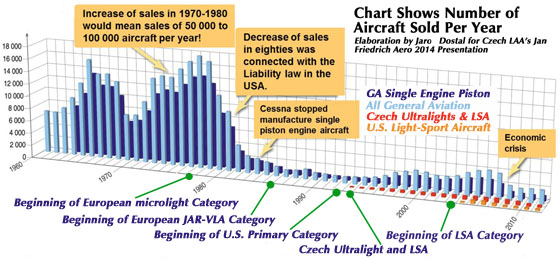 Here I present a somewhat different message. The first article was aimed at an audience including general aviation pilots, many of whom do not know the LSA or light kit community well. This one is aimed at those following light aviation more closely.
Here I present a somewhat different message. The first article was aimed at an audience including general aviation pilots, many of whom do not know the LSA or light kit community well. This one is aimed at those following light aviation more closely.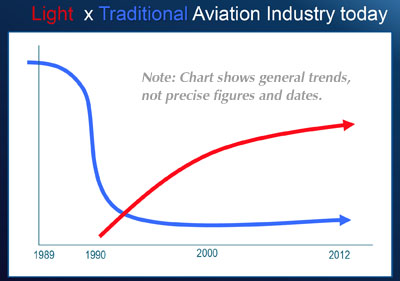 “From 1989 through June 5th, 2014, we have sold 50,000 four-stroke engines of the 912 and 914 model designation,” noted Christian Mundigler, Key Account Manager of
“From 1989 through June 5th, 2014, we have sold 50,000 four-stroke engines of the 912 and 914 model designation,” noted Christian Mundigler, Key Account Manager of 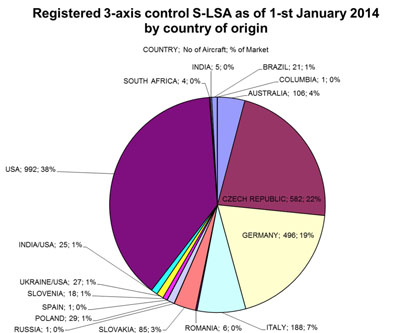 In comparison, GAMA will likely report less than 1,100 piston-powered aircraft of all types and sizes from all association members around the globe for 2014 based on information released for the first nine months of the year.
In comparison, GAMA will likely report less than 1,100 piston-powered aircraft of all types and sizes from all association members around the globe for 2014 based on information released for the first nine months of the year.
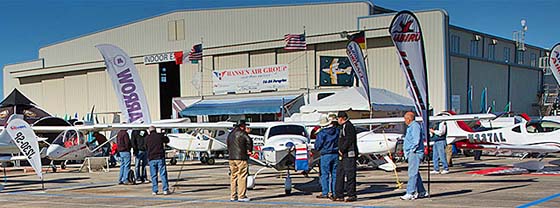

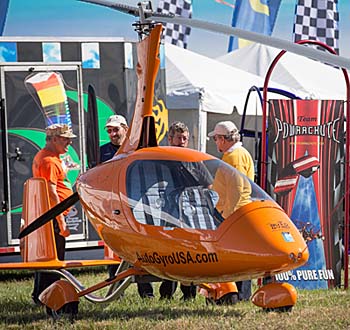
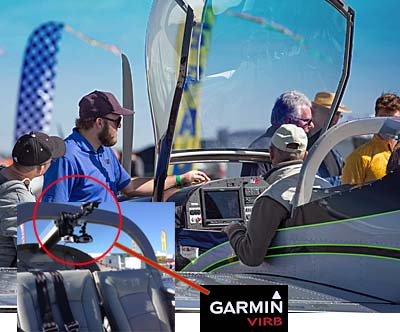
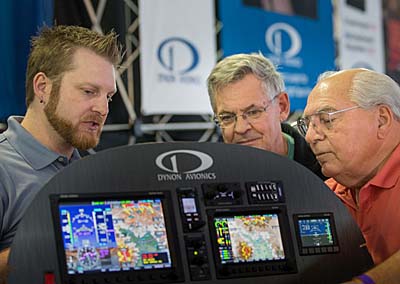
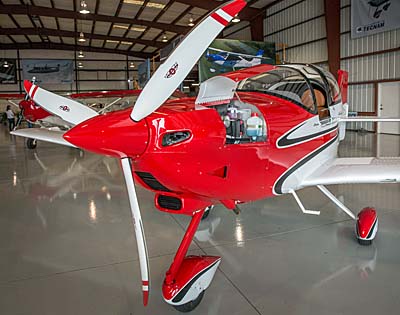

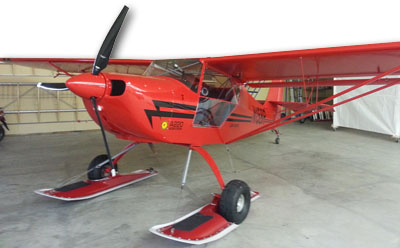
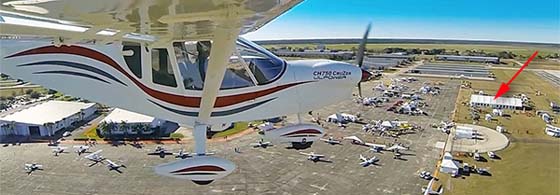
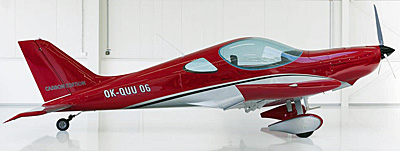

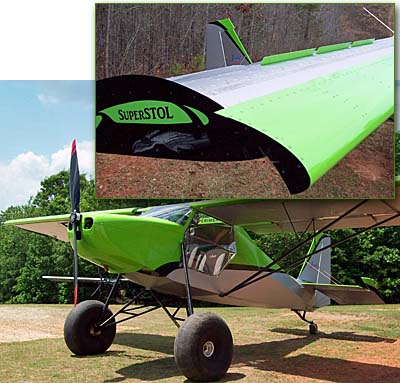


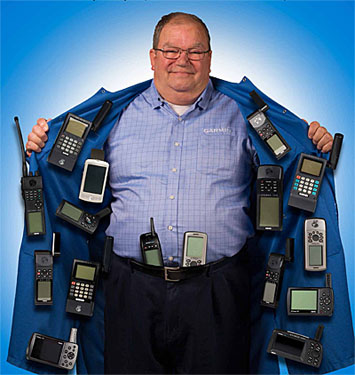
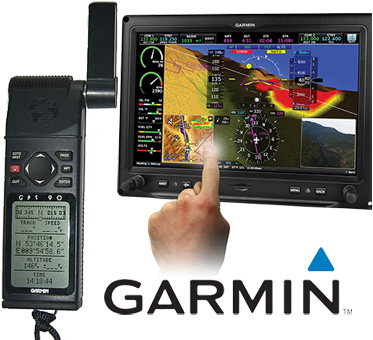

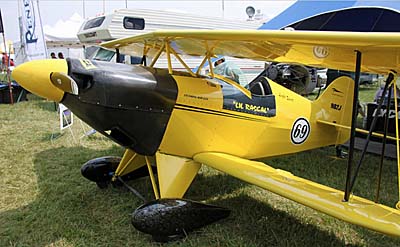
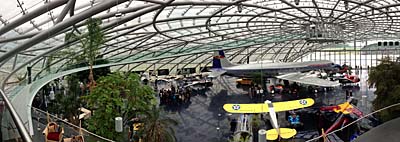
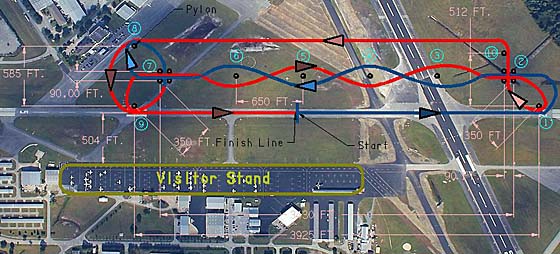
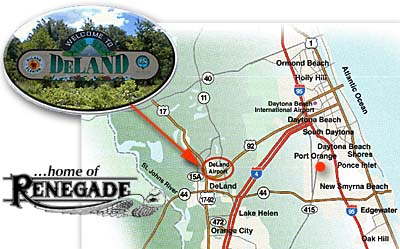
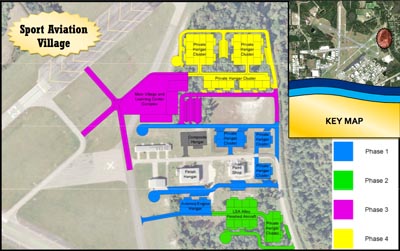

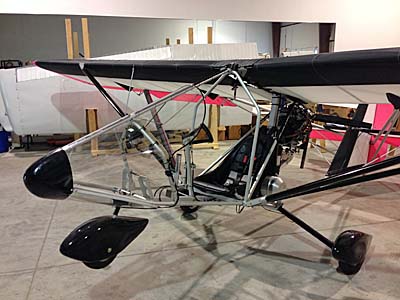 Some people have long believed that Part 103-legal weight shift trikes or single place powered parachutes may be possible but I’ve often heard the pronouncement, “You cannot make a legal three axis Part 103 airplane.” I wonder if those folks are ready to admit their error?
Some people have long believed that Part 103-legal weight shift trikes or single place powered parachutes may be possible but I’ve often heard the pronouncement, “You cannot make a legal three axis Part 103 airplane.” I wonder if those folks are ready to admit their error?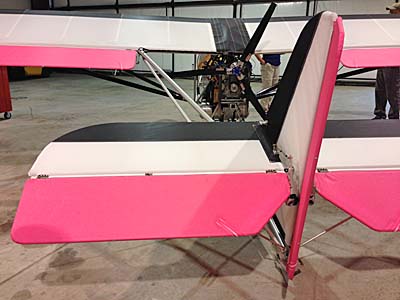 You might remember seeing such a machine at Sun ‘n Fun 2014. Developer/manufacturer
You might remember seeing such a machine at Sun ‘n Fun 2014. Developer/manufacturer 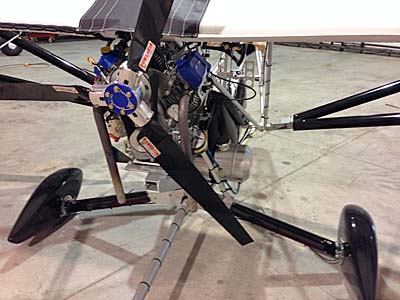 At only 22 pounds more than the Hirth F33 he often supplies but in the new lower drag position, Dennis reports a very acceptable climb rate of 600 fpm from the 22 horsepower the B&S engine. Speeds will be 50-60 mph, Dennis said, making an easy and economical cruise in the four stroke Aerolite. In addition, he said that even with straight pipes the exhaust noise is modest but he plans to add some silencing.
At only 22 pounds more than the Hirth F33 he often supplies but in the new lower drag position, Dennis reports a very acceptable climb rate of 600 fpm from the 22 horsepower the B&S engine. Speeds will be 50-60 mph, Dennis said, making an easy and economical cruise in the four stroke Aerolite. In addition, he said that even with straight pipes the exhaust noise is modest but he plans to add some silencing.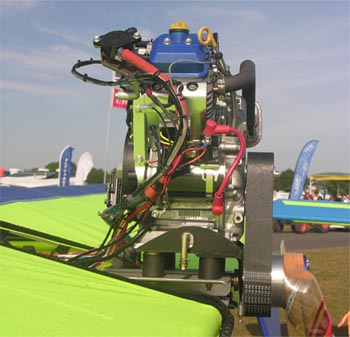 Prices have not yet been established for the Briggs & Stratton. Certainly some costs have increased but since ready-to-fly Aerolites with a Kawasaki 340 start at $15,900, it seems likely you might be able to buy a fully-built aircraft for somewhere around $20,000 and I think that is a very notable fact. Those who say new aircraft are too expensive must consider Aerolite.
Prices have not yet been established for the Briggs & Stratton. Certainly some costs have increased but since ready-to-fly Aerolites with a Kawasaki 340 start at $15,900, it seems likely you might be able to buy a fully-built aircraft for somewhere around $20,000 and I think that is a very notable fact. Those who say new aircraft are too expensive must consider Aerolite.
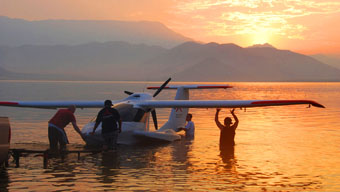
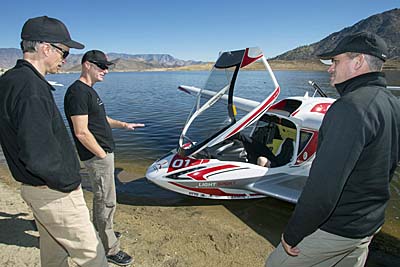

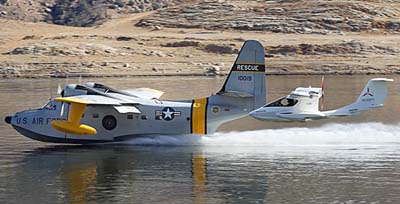

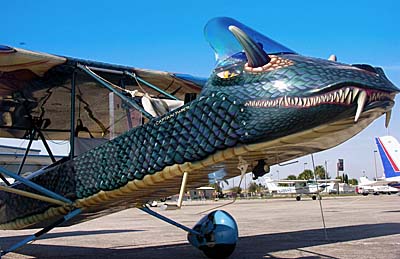
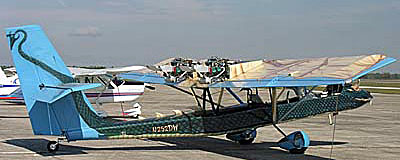

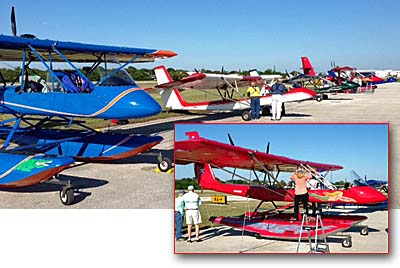

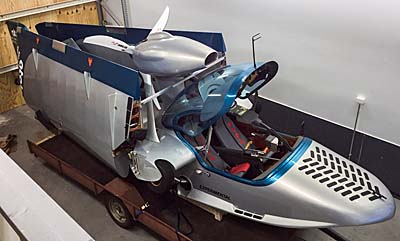
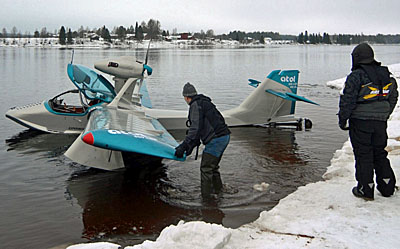
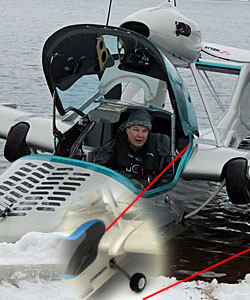
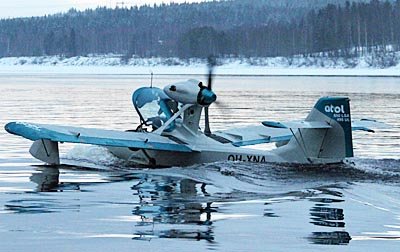

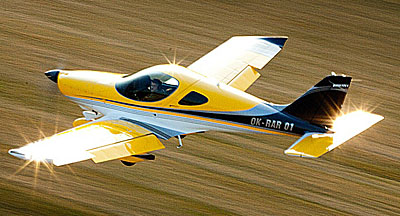
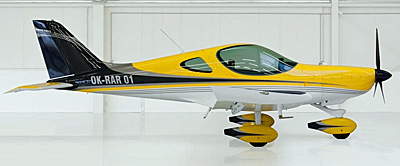
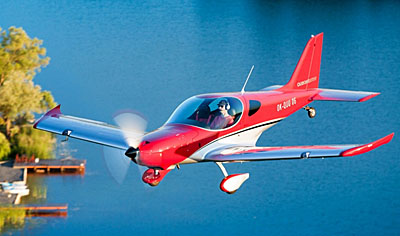


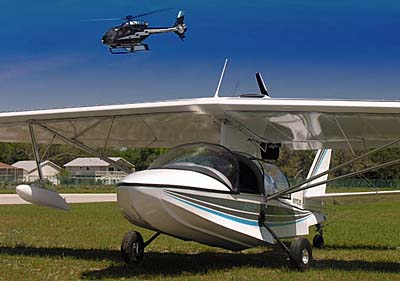
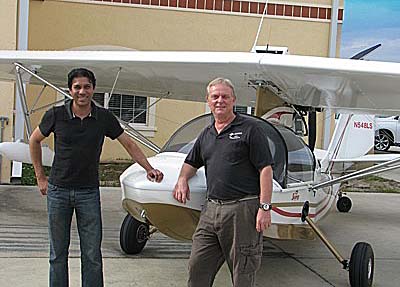
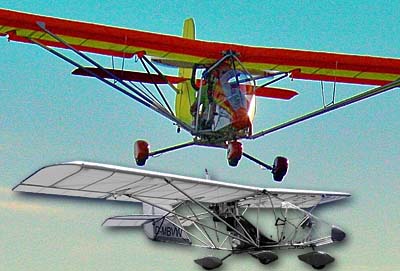
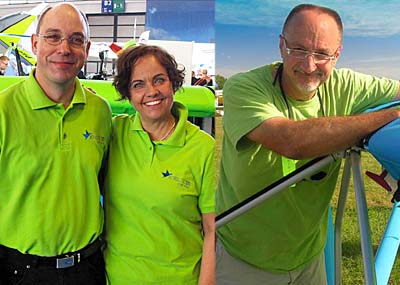

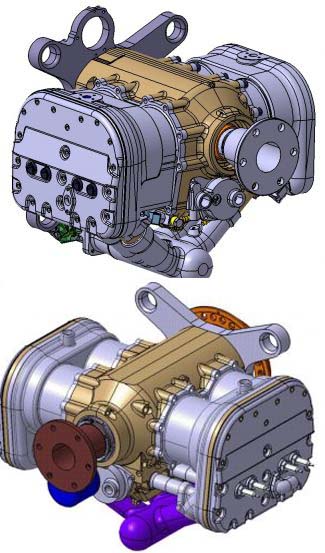
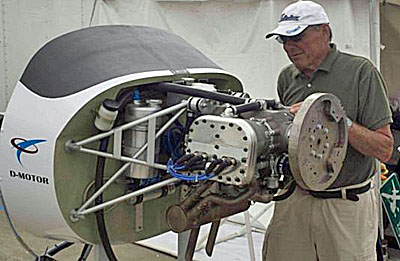
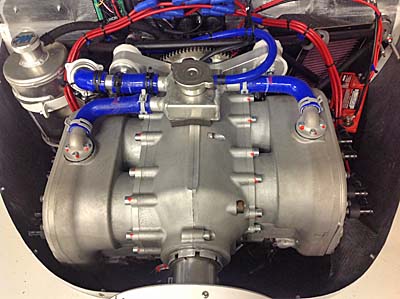
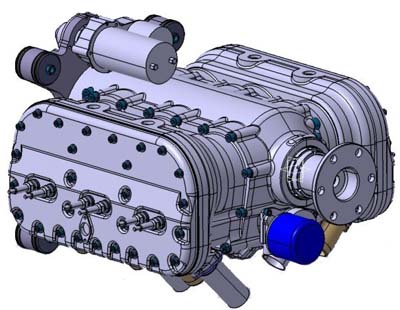

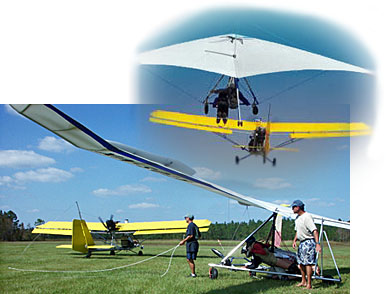
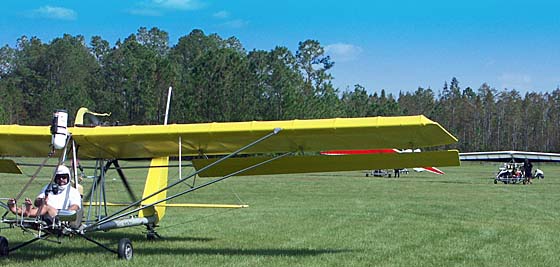
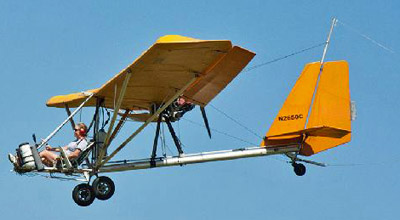
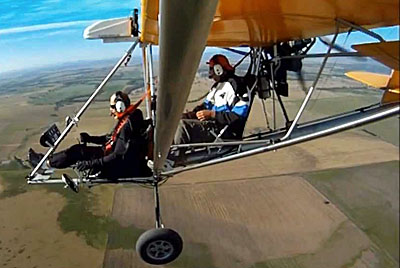
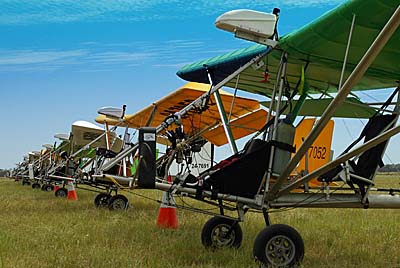

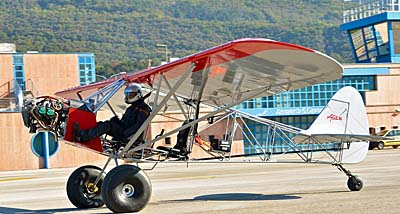 Thanks to powerful Cubalike airplanes — those vintage yellow taildraggers types with huge engines up front to make them perform more energetically — 2014 saw increased attention to the Savage Cub S. The Czech company offered their 180-horsepower version of the Cubalike phenomenon albeit at a more affordable price. The leading brand of Cub-like airplanes has pushed prices beyond $200,000, which strikes plenty of people as paying a premium, though most agree the design is handsomely achieved. They continue to sell well so vintage style appears to hold appeal.
Thanks to powerful Cubalike airplanes — those vintage yellow taildraggers types with huge engines up front to make them perform more energetically — 2014 saw increased attention to the Savage Cub S. The Czech company offered their 180-horsepower version of the Cubalike phenomenon albeit at a more affordable price. The leading brand of Cub-like airplanes has pushed prices beyond $200,000, which strikes plenty of people as paying a premium, though most agree the design is handsomely achieved. They continue to sell well so vintage style appears to hold appeal.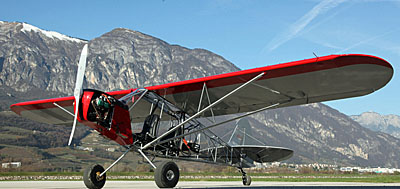 It’s so new that we don’t know much about Agilis, so let’s look at somewhat similar model, Bobber. At Aero Friedrichshafen 2013 we spoke with SportairUSA boss, Bill Canino and produced
It’s so new that we don’t know much about Agilis, so let’s look at somewhat similar model, Bobber. At Aero Friedrichshafen 2013 we spoke with SportairUSA boss, Bill Canino and produced 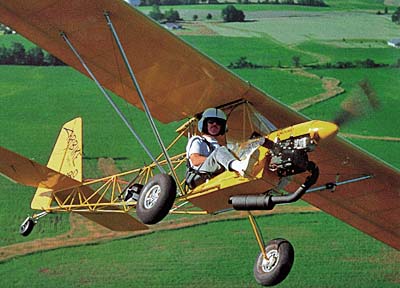 Agilis (which Bill pronounced “Ah-JILL-iss”) may look vaguely familiar to you. The nearby photo of a Team Airbike is surely the reason why. Agilis, like Airbike, is an airplane you “ride” more than “enter.” The Team example introduced 20 years ago, has a very narrow fuselage on which you literally sit astride. Both your legs remain outside the aircraft. Coming from the often-open-cockpit ultralight industry this didn’t seem unusual and having flown it, I can attest that on a warm summer day, Airbike was a superb experience. Check my
Agilis (which Bill pronounced “Ah-JILL-iss”) may look vaguely familiar to you. The nearby photo of a Team Airbike is surely the reason why. Agilis, like Airbike, is an airplane you “ride” more than “enter.” The Team example introduced 20 years ago, has a very narrow fuselage on which you literally sit astride. Both your legs remain outside the aircraft. Coming from the often-open-cockpit ultralight industry this didn’t seem unusual and having flown it, I can attest that on a warm summer day, Airbike was a superb experience. Check my 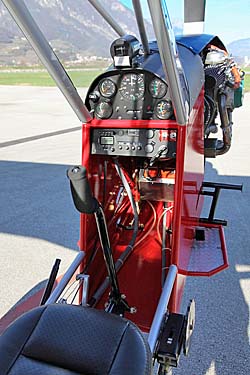 Speaking of outstanding performance … the attraction of the 180-horsepower Cubalikes has been a compelling reason for many buyers to select one of those potent (if rather costly) models. Zlin joined the ranks with its own 180-horsepower Savage Cub S
Speaking of outstanding performance … the attraction of the 180-horsepower Cubalikes has been a compelling reason for many buyers to select one of those potent (if rather costly) models. Zlin joined the ranks with its own 180-horsepower Savage Cub S 
